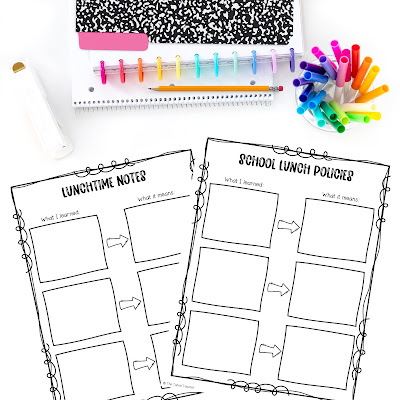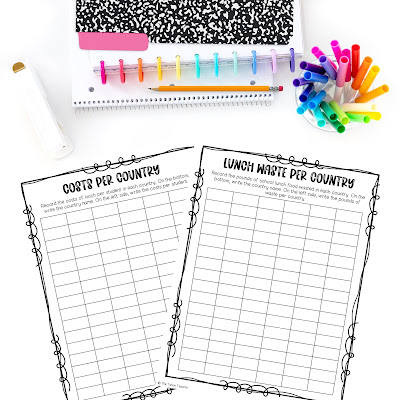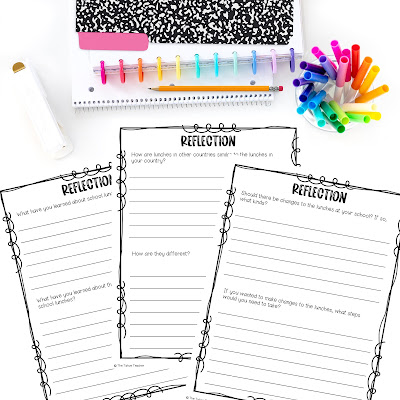Exploring School Lunches Through Inquiry-Based Learning
Hey, y'all! Raise your hand if you have students whose favorite subject is lunch! I think every hand goes up. Even the most engaging lessons of all time will have at least one student asking, "When's lunch?" or snack... Get kids interested in the health and nutrition of school lunches with this lunchtime inquiry-based learning unit.
When I was growing up, learning about health and nutrition in school was totally boring. Our textbooks were old and uninviting and our teachers were about as excited about the unit as we were. But when I got into middle school and high school, our teachers started throwing in gross facts about the food we ate. Like the number of bugs or hairs the FDA will allow per pound of whatever. It's gross. Don't look up the stats if you have a queazy stomach.
But all that grossness got us engaged in science and nutrition. And as an adult, if you look at what American kids eat in the cafeteria compared to what kids in Europe and different countries around the world eat, you'd be grossed out, too.
So, what to do? In this unit, our students research the nutritional guidelines for school lunches and compare what we eat here to what the school lunches look like around the world. Students look at:
- nutrition
- costs
- policy makers
- what other countries serve
- overall quality
- what gets wasted
- and more!
Students can even research how to affect policy and make positive changes if they deem it necessary. (And it's totally necessary IMHO.)
This is not a long unit, but it does integrate into reading and writing with research and reflection, math with data collection and analysis, science with health and nutrition, and social studies with policies, cultural expectations and foods, and advocacy should you choose to go there.
There are reflection pages if you (or admin) need some concrete evidence of student learning. For more authentic assessment of learning, though, I'd probably have students present their findings in some way or encourage them to advocate if they feel called to do so.
You can find this unit in my TPT store here. While you're there, be sure to follow me so you don't miss anything new. And there are lots of new things coming!
I hope this gave you some new ideas for your classroom. Analyzing school lunches is not a lesson I typically see in classrooms but one your students will be 100% on board with. Have a wonderful week and I'll talk to you soon.









No comments
Post a Comment